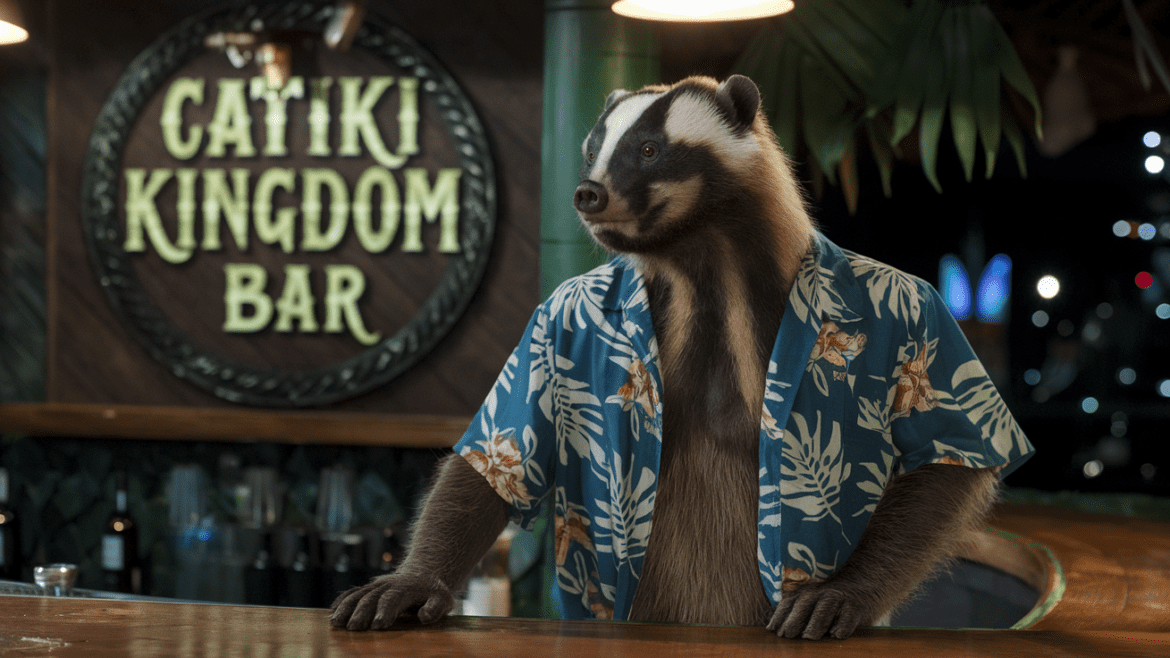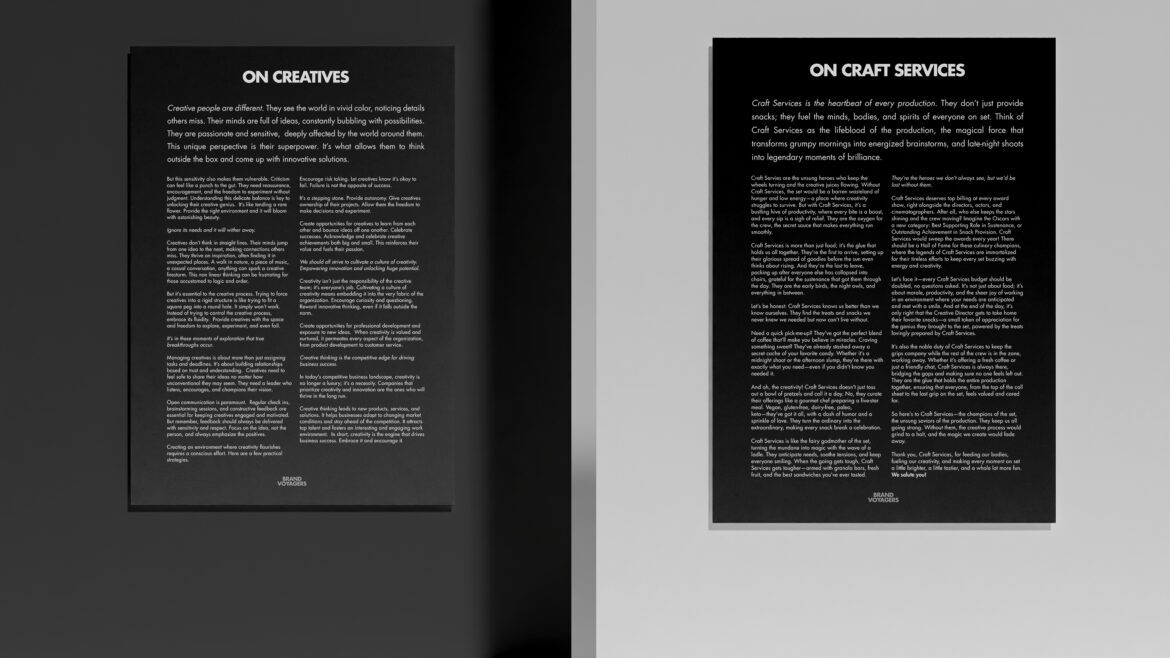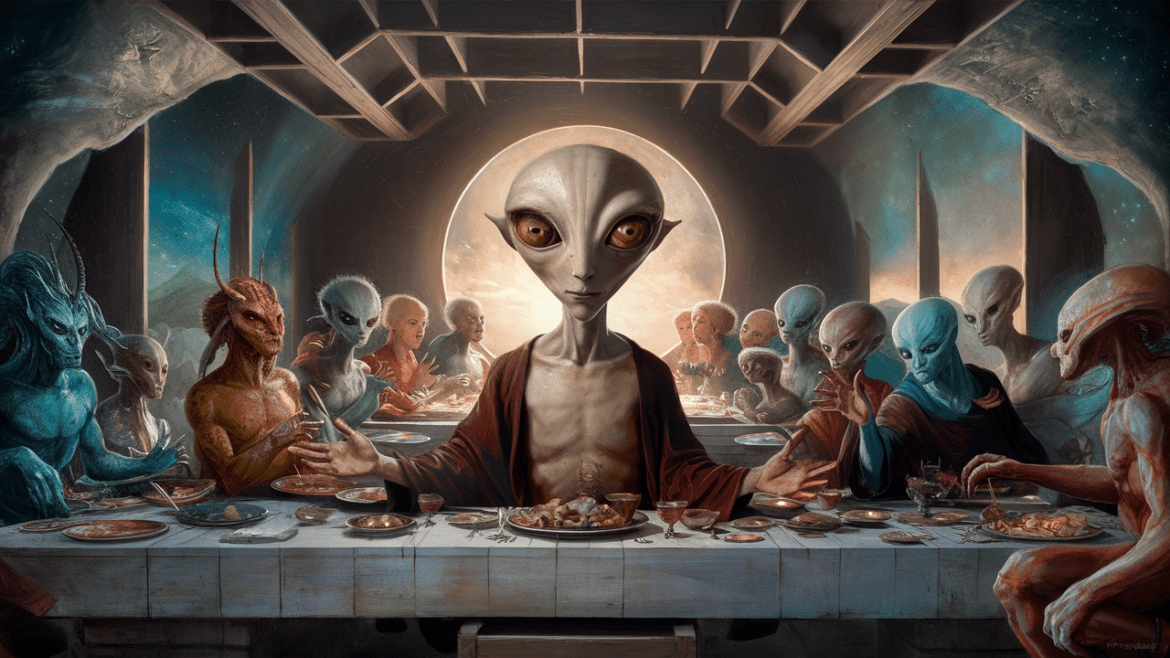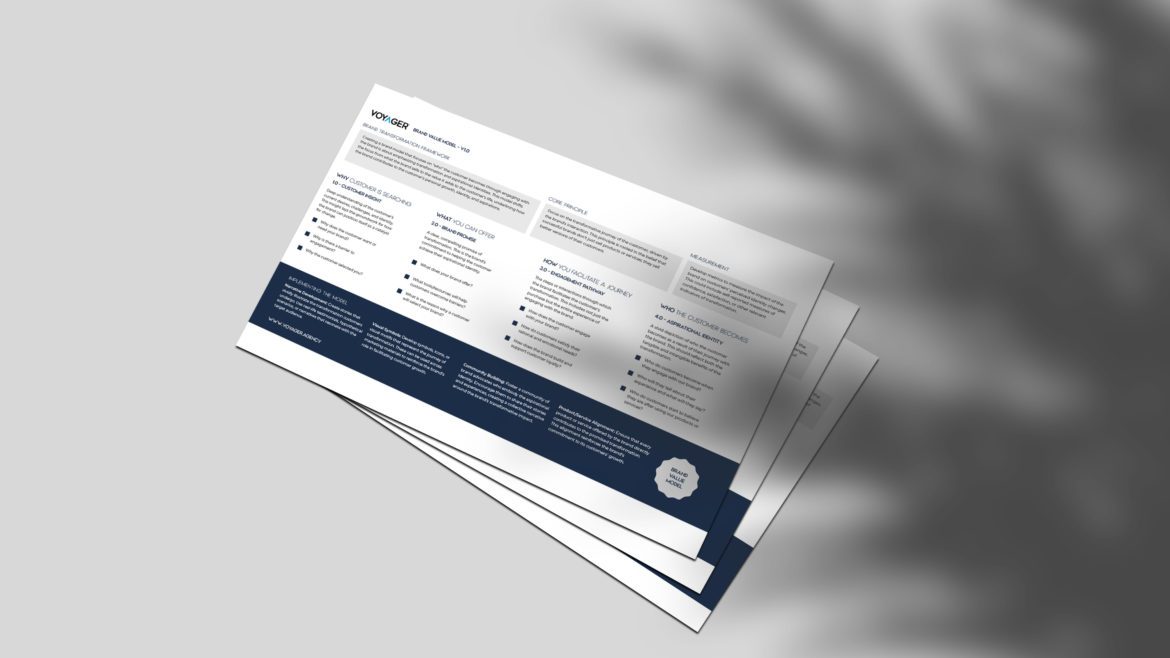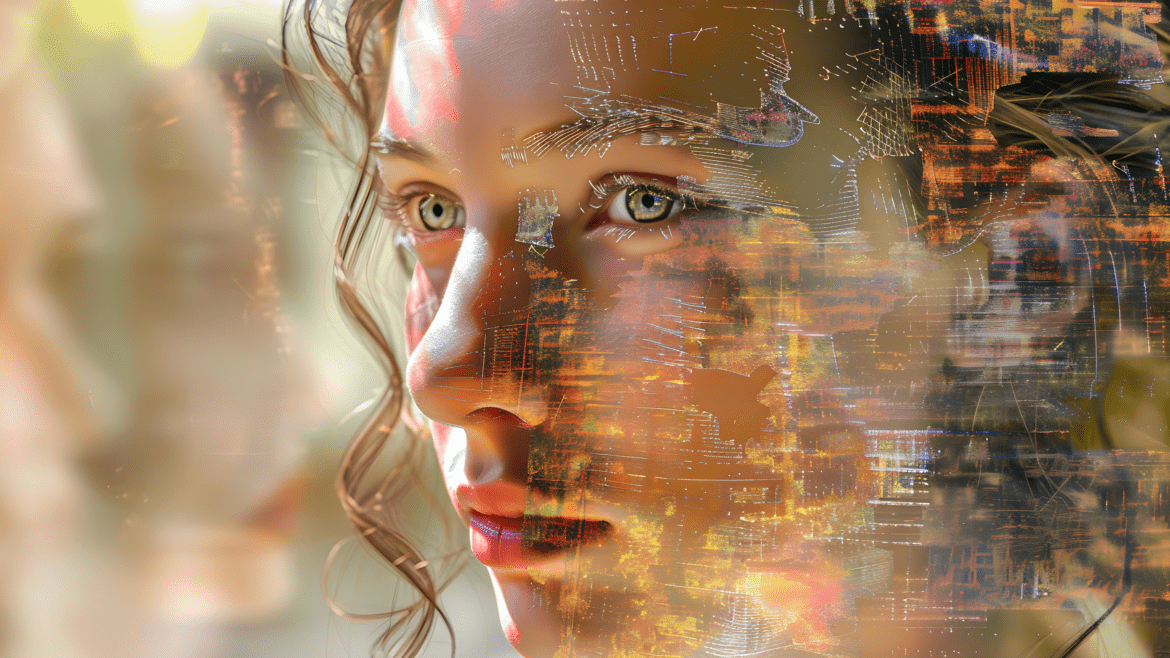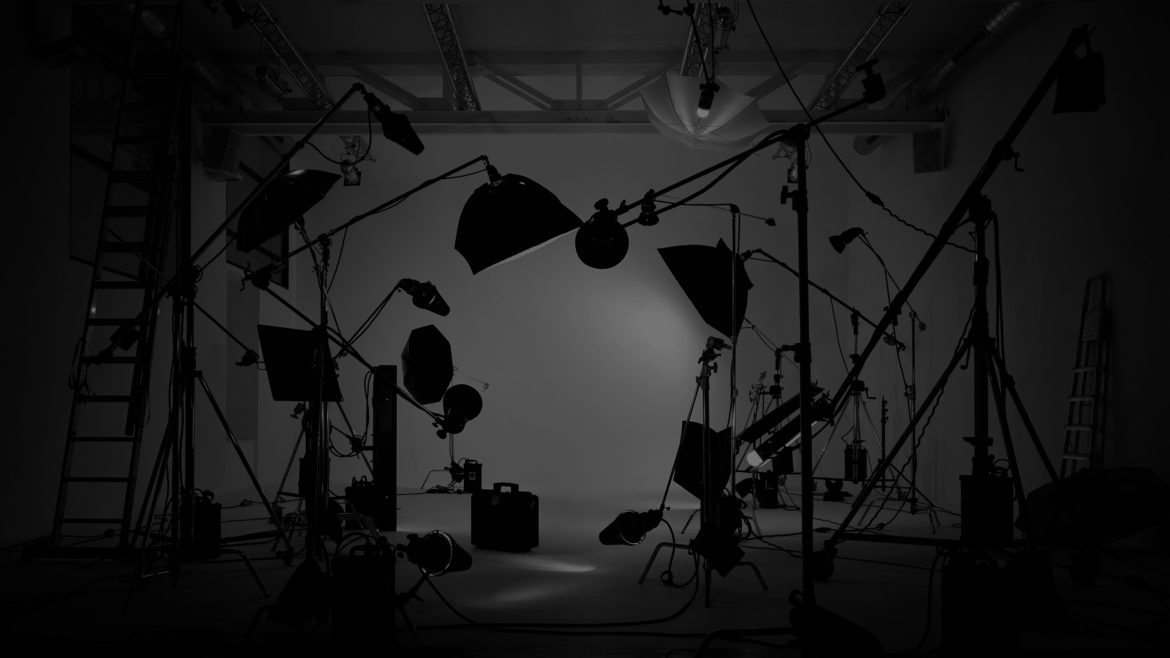Crafting Immersive Storytelling for Relaxation
https://www.kraabel.net/wp-content/uploads/2025/02/kraabel_binnarial8daudio-1024x574.png 1024 574 Michael Kraabel Michael Kraabel https://www.kraabel.net/wp-content/uploads/2025/02/kraabel_binnarial8daudio-1024x574.pngBinaural and 8D audio aren’t new. They’ve been floating around in the ASMR and lo-fi music worlds for years, usually with labels like “brain-tingling” or “mind-melting.” But I’m not here for gimmicks. I’m here to see if immersive audio can take storytelling beyond words—beyond just listening—to something that surrounds you. Why Mess With This? Because…
read more


